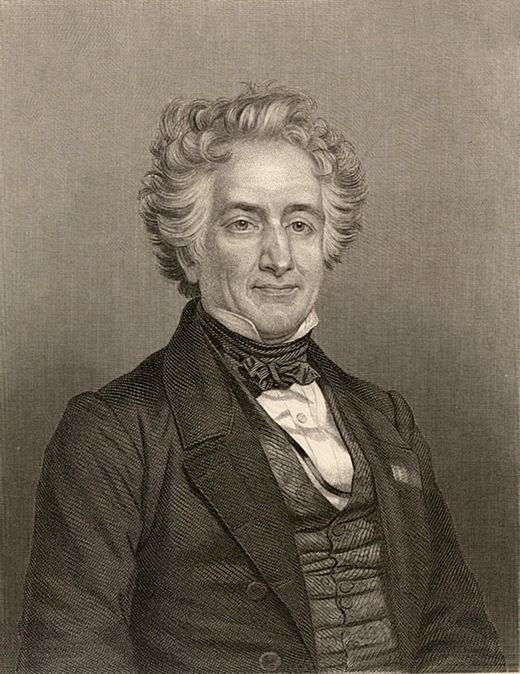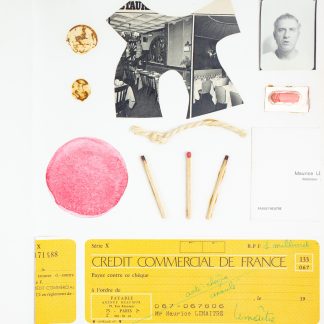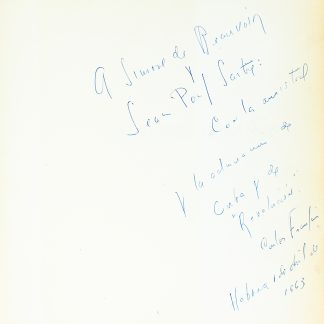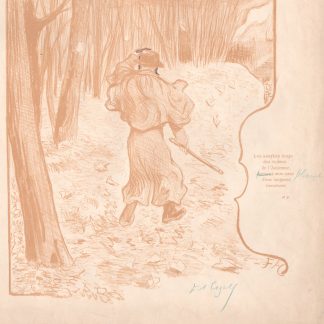Description
Colours and their application to the industrial arts using colour circles
RARE FIRST EDITION.
With 27 plates engraved on steel by René Digeon and printed in colour by Lamoureux.
Practical applications to the industrial arts of research on colour and dyeing published by Chevreul since the mid-1830s.
The work consists of a short introduction by the author, followed by two texts already published in 1851 and 1861 and a note by Digeon, Chromochalcography. The second part presents 27 colour plates and opens with a large fold-out plate "Colour of a solar spectrum"followed by theMr Chevreul's idea that a colour is indefinite..."This is followed by 12 plates of chromatic circles and 13 plates of chromatic scales.
"All the arts that speak to the eyes through colours can only achieve their goal perfectly on condition that the colours they use are clearly described, by relating each of them to fixed types that can be reproduced everywhere, either by prescribing rules for obtaining effects In other words, we need to assess the effects of the products that these arts have developed respectively.
Now, I think I can affirm that it is possible to subject colours to a reasoned nomenclature, by relating them to types classified according to a simple method, accessible to the intelligence of all those who deal with colours, either from a purely scientific point of view, or from an applied point of view.
I believe that we can establish a synonymy of colours applied to dyed fabrics or surfaces painted by any means, and thus judge the palette of all industries that speak to the eyes through colours; that in chemistry, we can define the colour of coloured bodies; finally that in natural history, we can define the colours of living beings, and therefore distinguish between those that do not change and those that do in the same individual at different times in its life, or in individuals of the same species. "
According to the publisher's catalogue, this luxurious folio volume was the most expensive work offered by Baillière et Fils in 1864 (30 fr); they published a second edition in 1888.
Eugène Chevreul was director of dyes at the imperial Gobelins factory, a professor and administrator at the Paris Natural History Museum, a member of the Institut (Académie des Sciences) and a fellow of the Royal Society. His research into colour, taken up by Charles Cros and Lecoq Boisbaudrand, had a strong influence on painters at the end of the 19th century, particularly Seurat, who drew inspiration from his chromatic circles.
A copy bound by the publisher in green percaline titled on the first cover.
Bound by the publisher. Green percaline, smooth spine, gilt title, cold framing and gilt title on first board. Scattered foxing.






